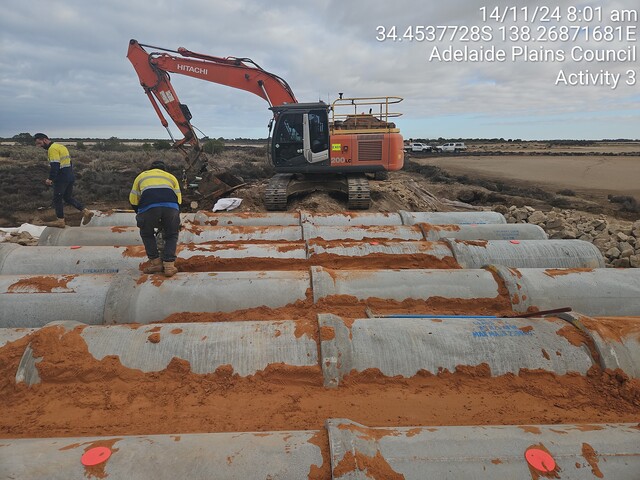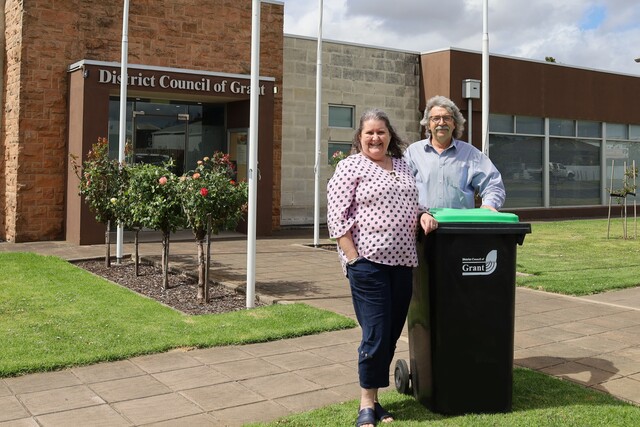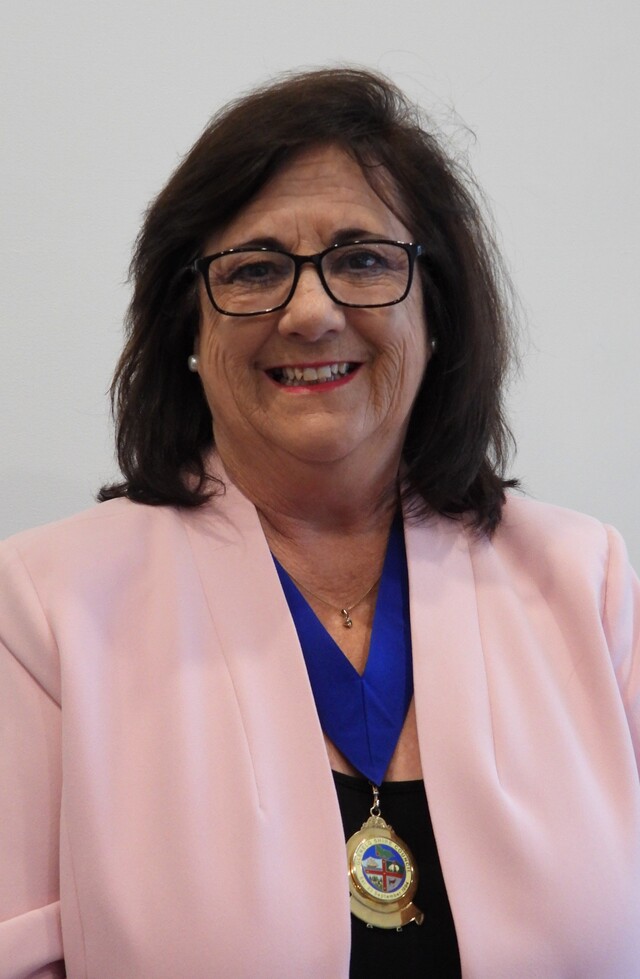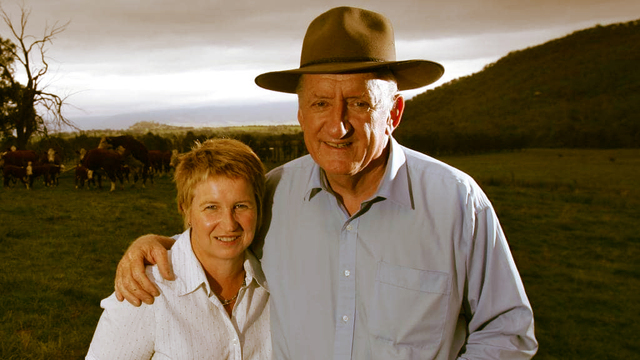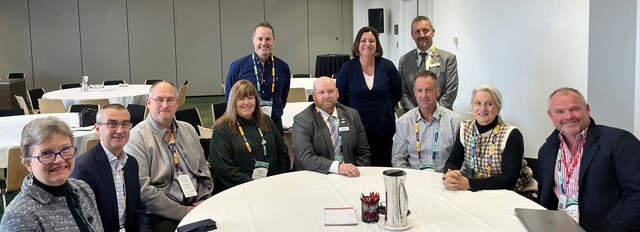Cooperation between funding agencies and Councils in remote areas is the key to generating maximum possible outcomes from the considerable amount of money available for delivery of physical infrastructure in rural and remote areas.
The trick to generating employment and training opportunities at a local level in rural and remote areas of the Territory is scheduling funding and project management so that it keeps a work flow at a reasonably constant level.
David Coles, Deputy Secretary of the Department of Local Government said that in remote communities it is typically boom or bust.
“Normally funding agencies need to have the funds they provide spent and acquitted within a relatively short period,” he said. “This often means that Councils are forced to bring in contractors from outside the area to complete the work in the required time.”
Bringing all major funding agencies together and working with Councils to achieve both the physical infrastructure outcomes and local employment or training outcomes is an obvious move but not easy.
“Every agency needs to meet the targets by which its performance is measured and these typically do not take account of apparently unrelated objectives,” David Coles said. “In rural and remote areas though we simply have to continually find ways of making every dollar do the work of a few.”
The NT Department of Local Government is well placed to assist in the coordination through its responsibilities for Local Government and for the delivery of housing programs for Aboriginal people.


